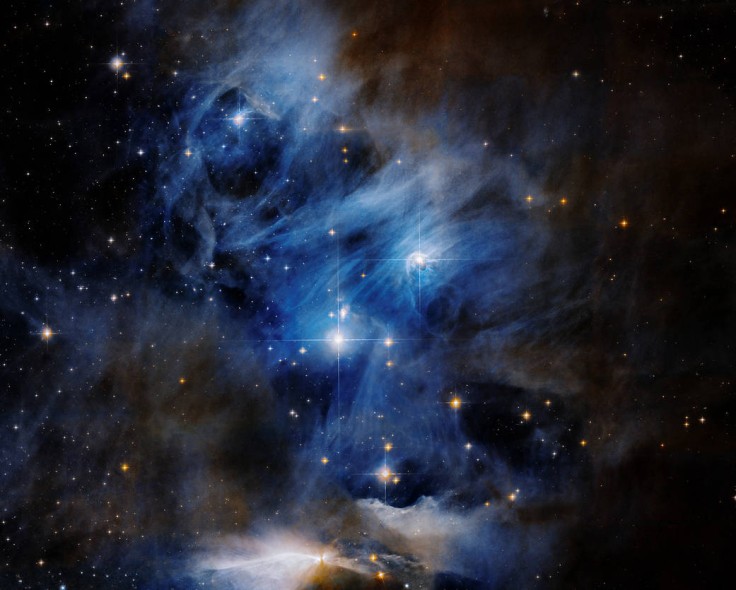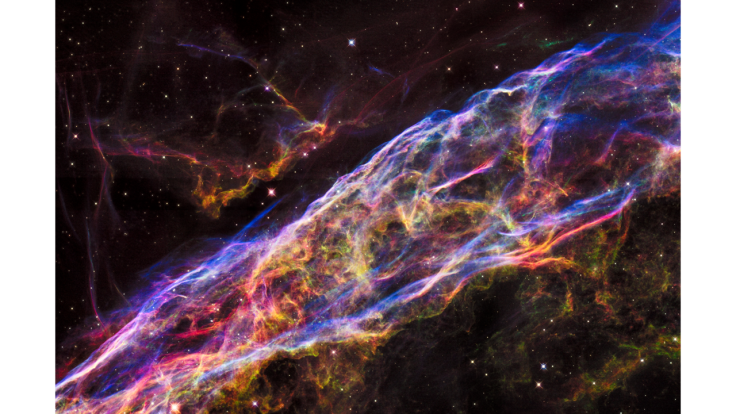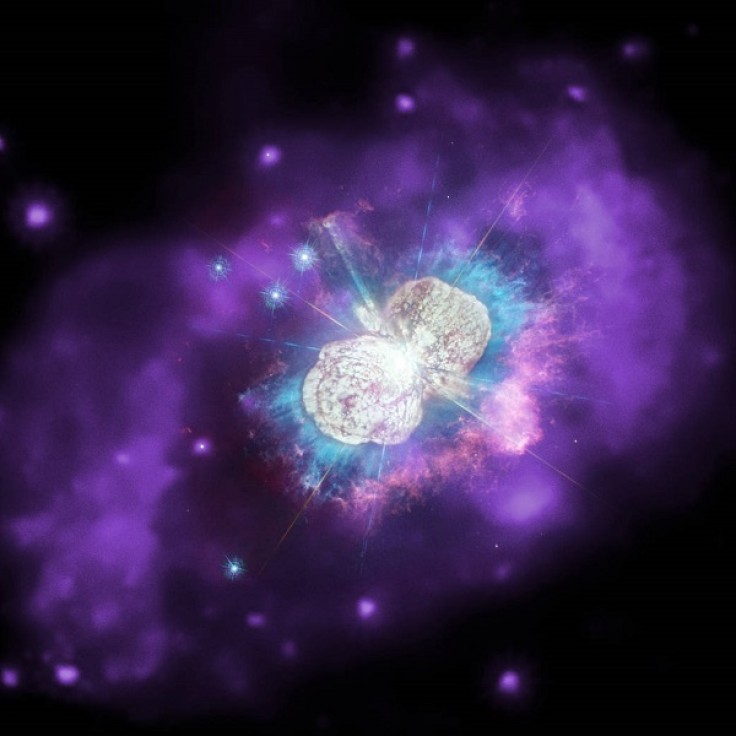The Hubble Space Telescope has been in service for more than 30 years now and it is no surprise that in that span of time, it has managed to capture the most awe-inspiring photos of space.
Here is an example of one of those photos:
Hubble Space Telescope's Photo of the Chameleon Cloud Complex's Segment

The Hubble Space Telescope photo you see above is the image of one of the three segments of the Chameleon Cloud Complex. Specifically, it is the photo of a segment called Chamaeleon Cloud I.
According the National Aeronautics and Space Administration (NASA), the Hubble used its Advanced Camera for Surveys and the Wide Field and Planetary Camera 2 to snap the photo.
NASA said that the composite image "reveals dusty-dark clouds where stars are forming, dazzling reflection nebulae glowing by the light of bright-blue young stars, and radiant knots called Herbig-Haro objects."
The space agency goes on to define Herbig-Haro object as "bright clumps and arcs of interstellar gas shocked and energized by jets expelled from infant 'protostars' in the process of forming."
One such protostar is located in the white-orange cloud located at the bottom of the photo. The poles of the protostar eject hot gas that are seen as white jets. According to NASA, this forms the Herbig-Haro object known as HH 909A.
Hubble Space Telescope
The Hubble Space Telescope was first launched into space in 1990 by a space shuttle known as Discovery. Named after astronomer Edwin Hubble, the space telescope currently orbits at around 547 above our planet.
What the Hubble does in space is take photos of space objects. These include planets, stars, nebulas, and even galaxies and supernovas. It also makes observations of what it sees in space and has even detected black holes, according to NASA.
Other Examples of Photos Taken by the Hubble
As already mentioned, the Hubble has taken many photos of what it sees in space. Many of these photos have been shared by NASA and even featured here on iTech Post.

An example of this is the space telescope's photo of the Veil Nebula as seen above.

Another example of space object photographed by the Hubble Space Telescope is the Eta Carinae.









